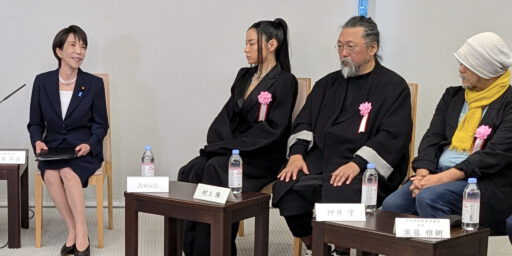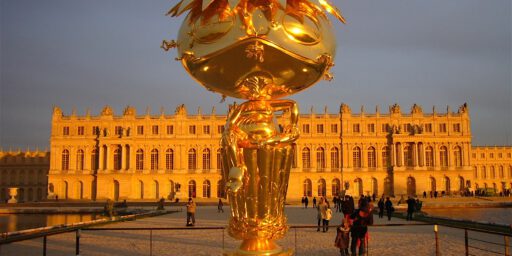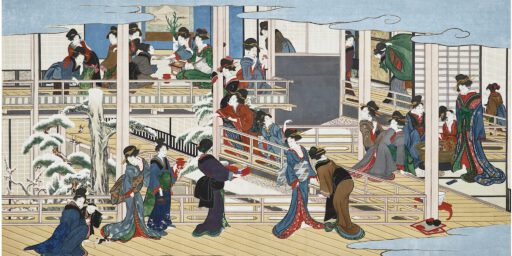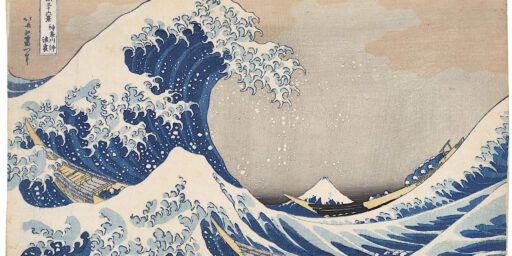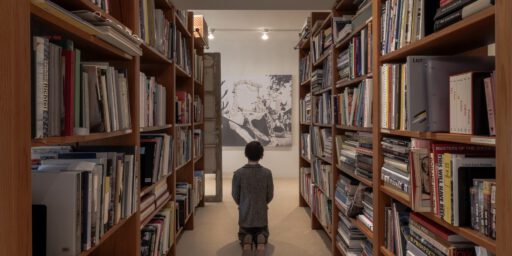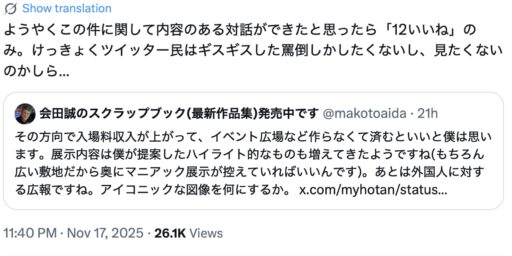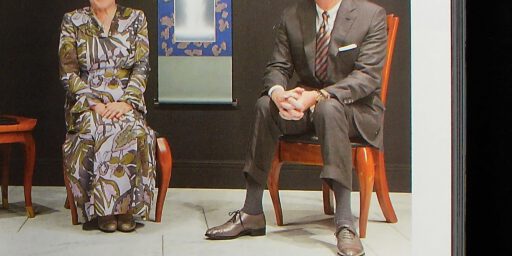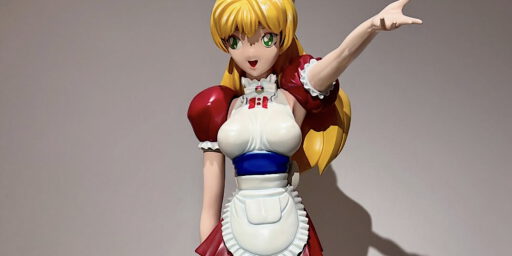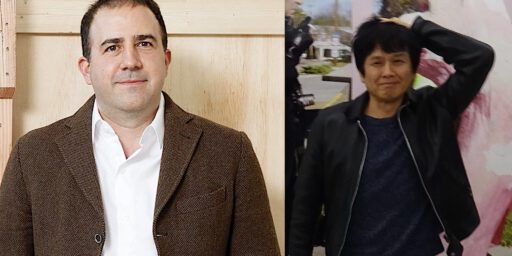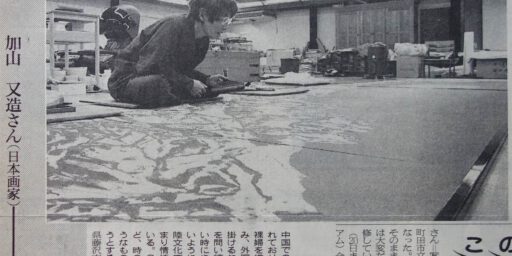フランソワ・ピノーの三番目の刺激的な現代美術館、再建築 by 安藤忠雄 Exciting 3rd Contemporary Art Museum for François Pinault, rebuild by ANDO Tadao
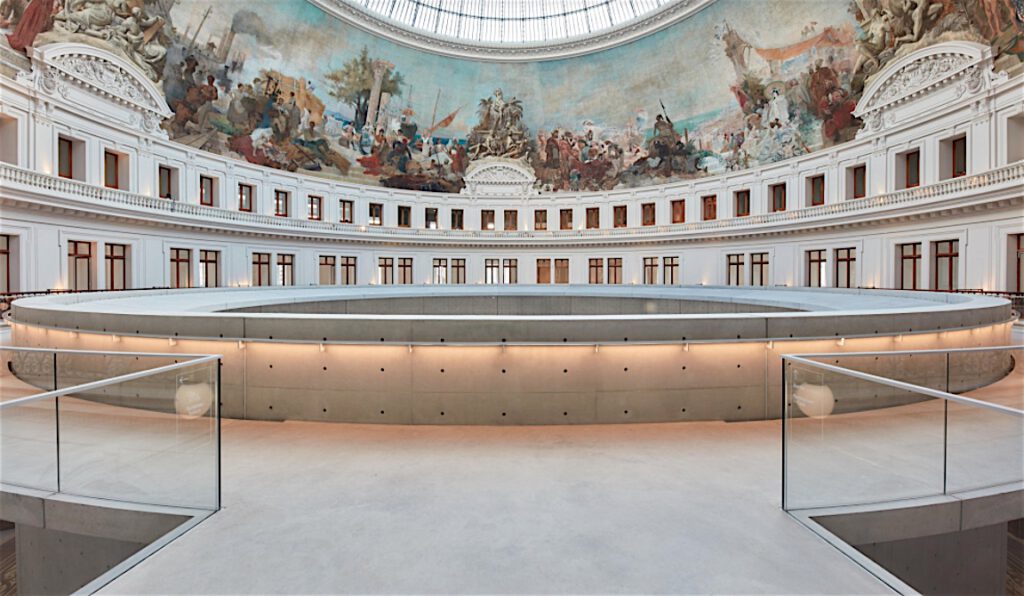
普段、ヴェネツィア・ビエンナーレに合わせ、世界一と言っても過言ではない、現代美術コレクター、兼オークションハウス・クリスティーズ社長でいらっしゃるフランソワ・ピノー氏は、億万長者として、制作費に制限のない環境をいつも創りあげています。今まで、ご自分のコレクションを見せているパラッツォ・グラッシとプンタ・デラ・ドガーナですが、やっとパリで三番目の現代美術館を実現しました。仲良しの安藤忠雄さんに頼んで、ブルス・ド・コマスの再建築を非常に期待され、22日に、Grand Openingが行う予定です。様々な素晴らしい企画展が用意されています。是非とも、リンクをチェック。次のパリタビにもう一つの行くべき場所が増えました。だが一方、千葉で前澤友作氏の新美術館がいつ見えるでしょうか。
5月24日アップデート、飯田真実さんの素晴らしいリポート:
美術手帖サイト 2021.5.23
パリの新現代美術館「ブルス・ドゥ・コメルス」がついにオープン。ピノー・コレクションが開放する自由とは?
パリの新しい現代美術館「ブルス・ドゥ・コメルス」が、今月22日にようやく開館した。安藤忠雄が手がけた文化遺産と現代美術が融合する空間で、現代アートコレクターのフランソワ・ピノーが世界から蒐集した1960年以降に制作された多様な作品に出会える。現在の所蔵約1万点からこけら落とし展のために厳選された作品をピックアップして現地からレポートする。
文=飯田真実
続き:
https://bijutsutecho.com/magazine/news/report/24081

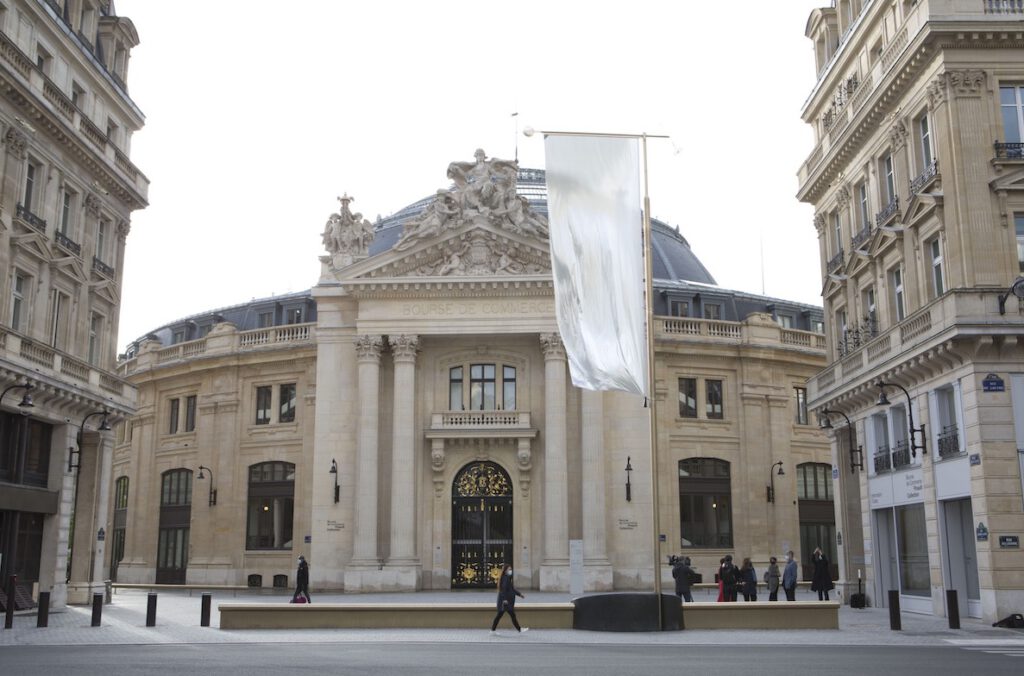
https://www.pinaultcollection.com/en/boursedecommerce/programme
https://www.pinaultcollection.com/en/boursedecommerce
https://www.pinaultcollection.com/en

安藤忠雄氏のインタビュー
Tadao Ando dans le chantier de la Bourse de Commerce
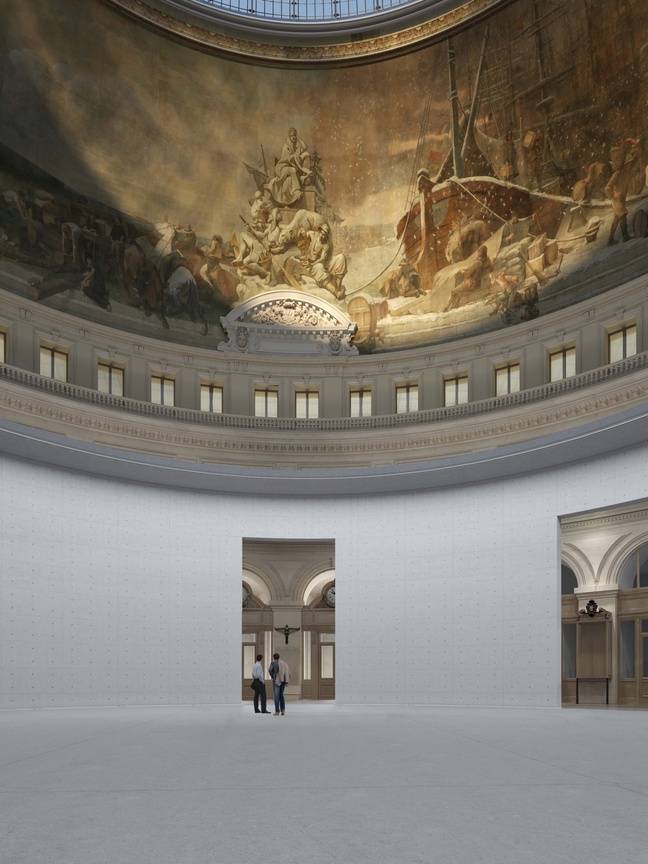
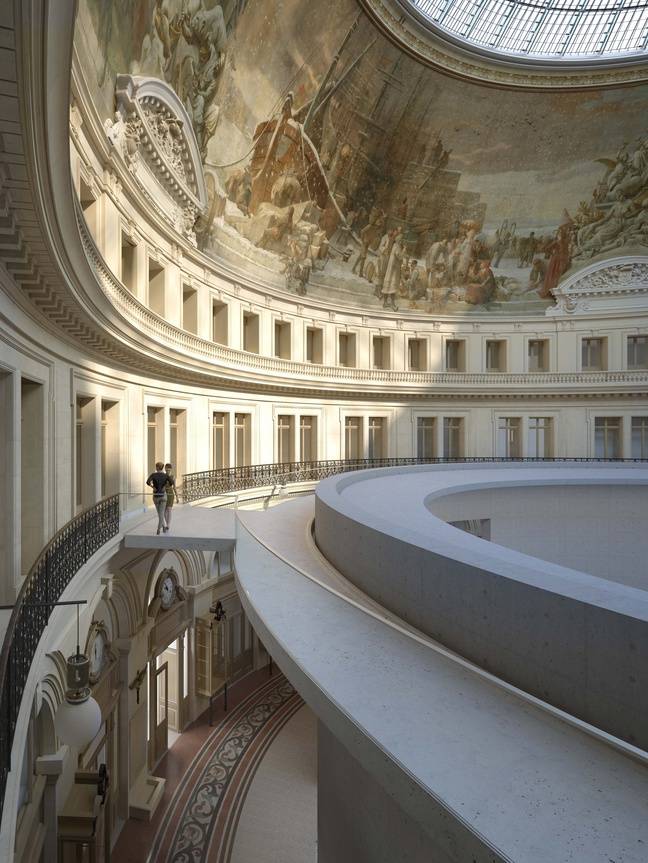


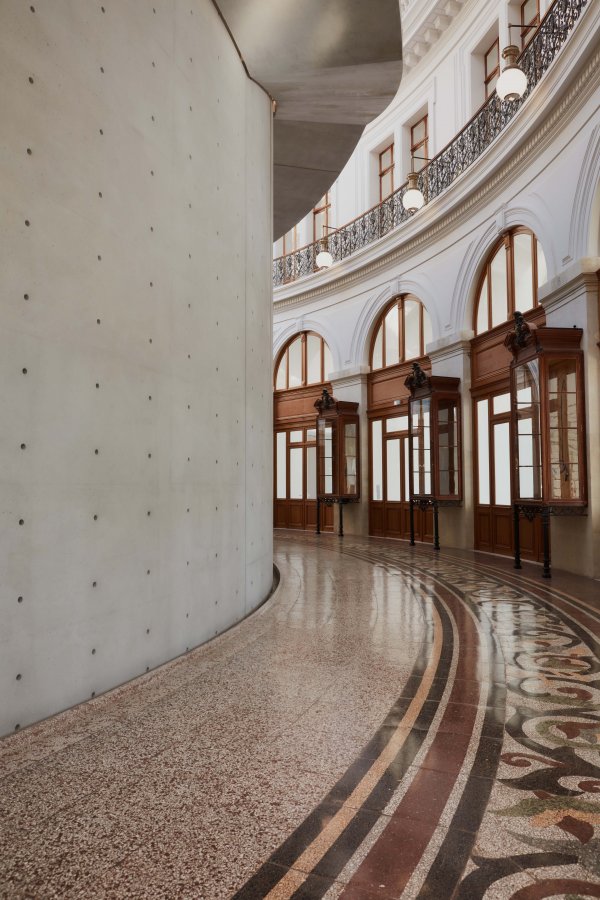
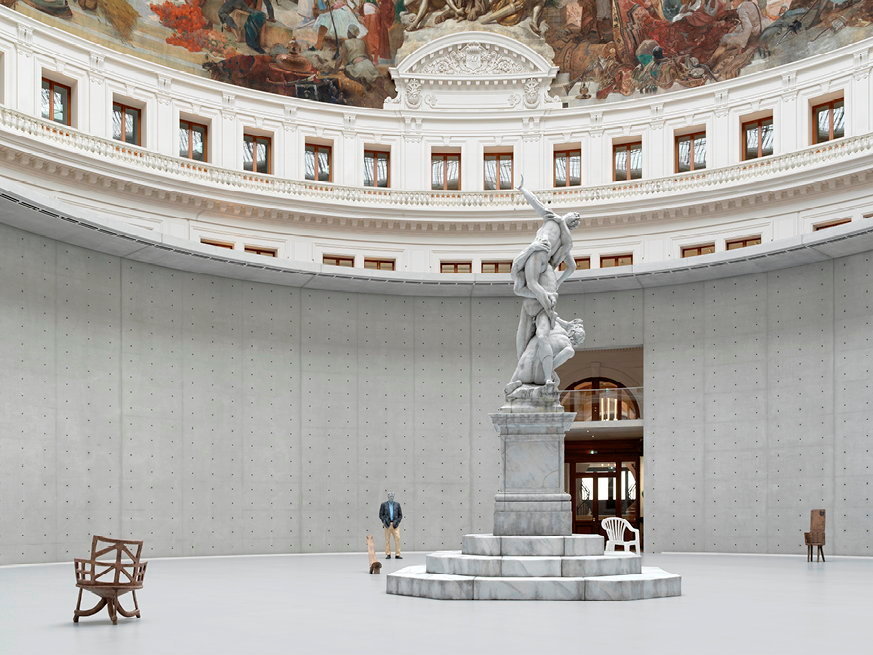
up-date 2021/6/23

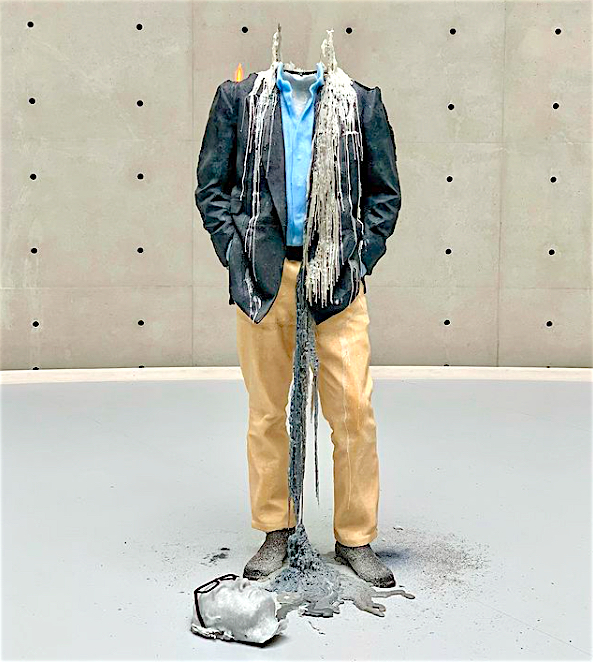
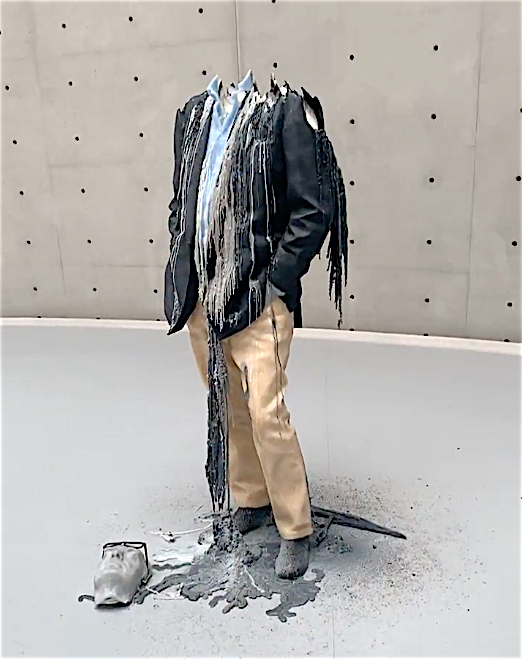
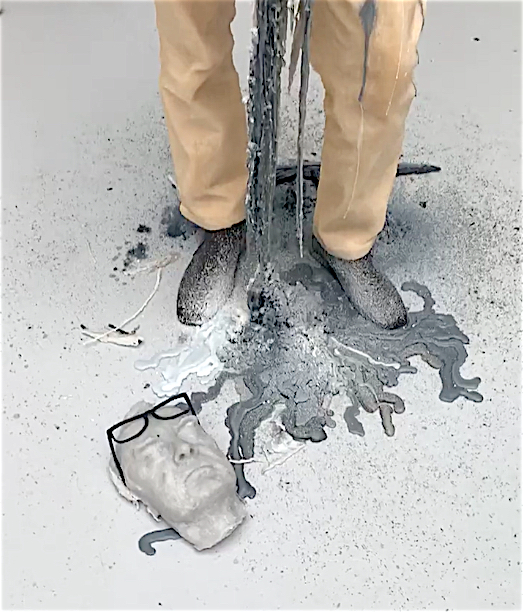
Its inner circle is occupied by Urs Fischer’s wax copy of the 16th-century Florentine sculptor Giambologna’s Rape of the Sabine Women. Each morning, holes are drilled and wicks are inserted to be lit, causing the progressive meltdown of a work that will disappear over the next six months. The model seemed impressive when it was shown for the first time in Venice’s Arsenale ten-years-ago, but this 29 meter-wide-space changes the perspective. The pedestal has been raised, but one is unsure whether a few wax chairs surrounding the statue suffice to occupy such a huge space.
Check:
ルドルフ・スティンゲルが焼け落ちる Burning Down Rudolf Stingel
https://art-culture.world/articles/burning-down-rudolf-stingel/

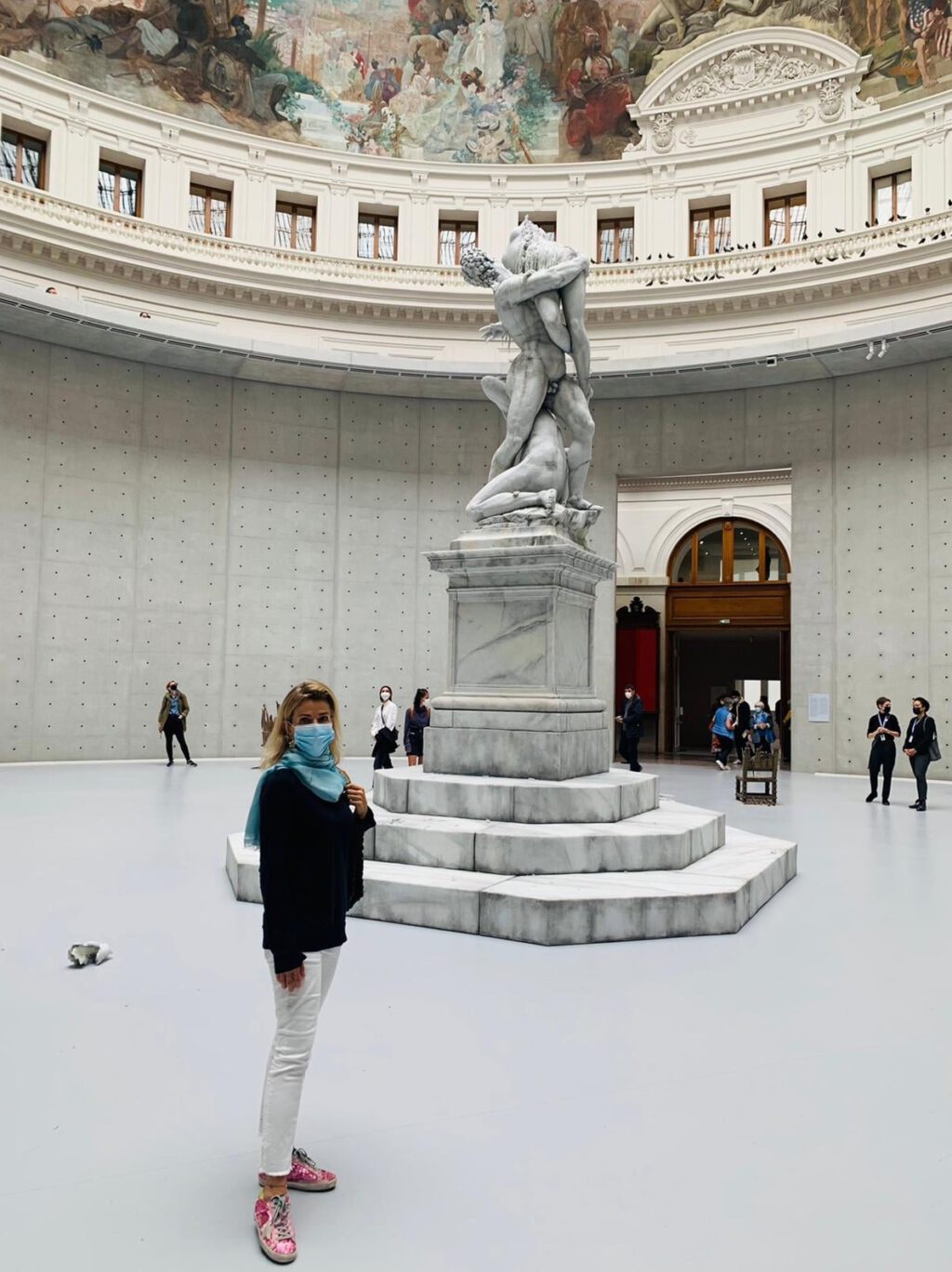


Jun 27, 2013 Urs Fischer – Untitled, 2011 – MOCA U – MOCAtv
Amidst the crumbling of thousands of clay sculptures on the floor of The Geffen Contemporary at MOCA stands Urs Fischer’s “Untitled” (2011), a trio of perpetually changing sculptures which includes the artist’s bold reinterpretation of Giambologna’s sixteenth-century Mannerist masterpiece “Rape of the Sabine Women” as a monumental candle. This behind-the-scenes installation footage pictures sections of torsos and bodies lofted and affixed to each other to create the sculpture’s dynamic composition. Once the wicks are lit, the sculpture is subjected to a process of melting and dissolution, transforming the static figures and adding a performative element and a sense of duration to the work.
Lender: Collection Maja Hoffmann

Up-date, check
Caro Maurizio, you did it again…fai il bravo
https://art-culture.world/articles/caro-maurizio-you-did-it-again/
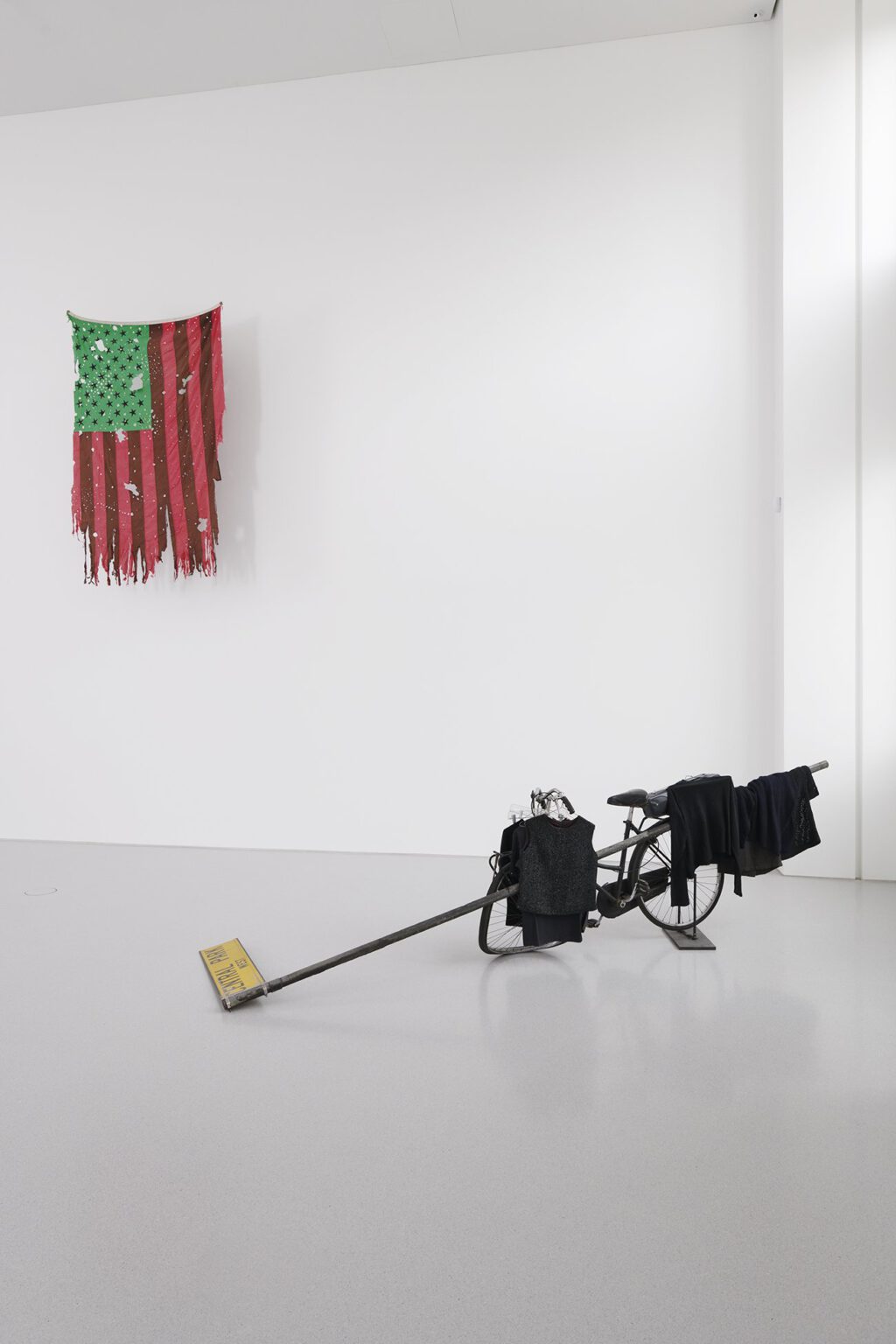

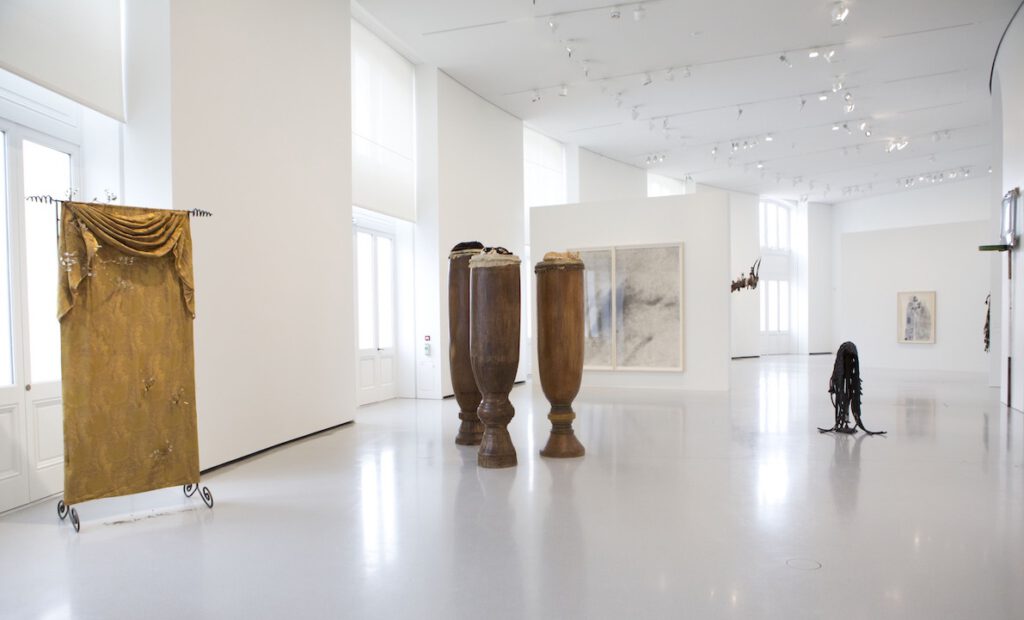

up-date 2021/5/27
A self-styled ‘troublemaker’ creates a different Paris museum
quotes:
Pinault said he had met Hammons, a generally reclusive artist who came of age in the 1960s and ’70s, more than 30 years ago. Hammons learned that Pinault was the uneducated son of a peasant from a small Breton village. “He said we were alike, and I burst out laughing and told him, ‘Well, not exactly!’”
So was an unlikely friendship born. Its fruit is the more than 25 Hammons works on show at the Bourse de Commerce.
But what of those murals glorifying European colonization, with Christopher Columbus sweeping down from the sky in a caravel to find half-naked Native Americans? “We were convinced for a long time that we constituted civilization, the most evolved people,” Pinault said. “I never accepted that.” In the frescoes, he added, was “the beginning of global commerce, but dominated by Europe and France” — in short, “everything that a David Hammons detests.”
When the artist was shown a video of the frescoes, and giant antique maps tracing post-slavery trade routes dominated by European navies, he asked that his “Minimum Security” installation, inspired by a visit to death row at San Quentin State Prison, be placed against this backdrop. The squeaking and clanging of a cell door seems to carry the echo of centuries of oppression.
“Some will criticize us and say it’s shameful,” Pinault said. “We could have hidden the fresco — you can always hide something, that is cancel culture. And here, a great African American artist said, ‘Don’t hide it.’”
Jean-Jacques Aillagon, the Pinault Collection’s chief executive, said: “When you show it, that does not mean you approve it. This was the image of trade at that moment, and you can’t think yesterday with the mind of today.”
Art is provocation. With almost Duchamp-like playfulness, Hammons challenges the viewer to think again, as with “Rubber Dread,” deflated inner tubes woven into dreadlocks. He re-imagines detritus.
ヴェネツィアのパラッツォ・グラッシ
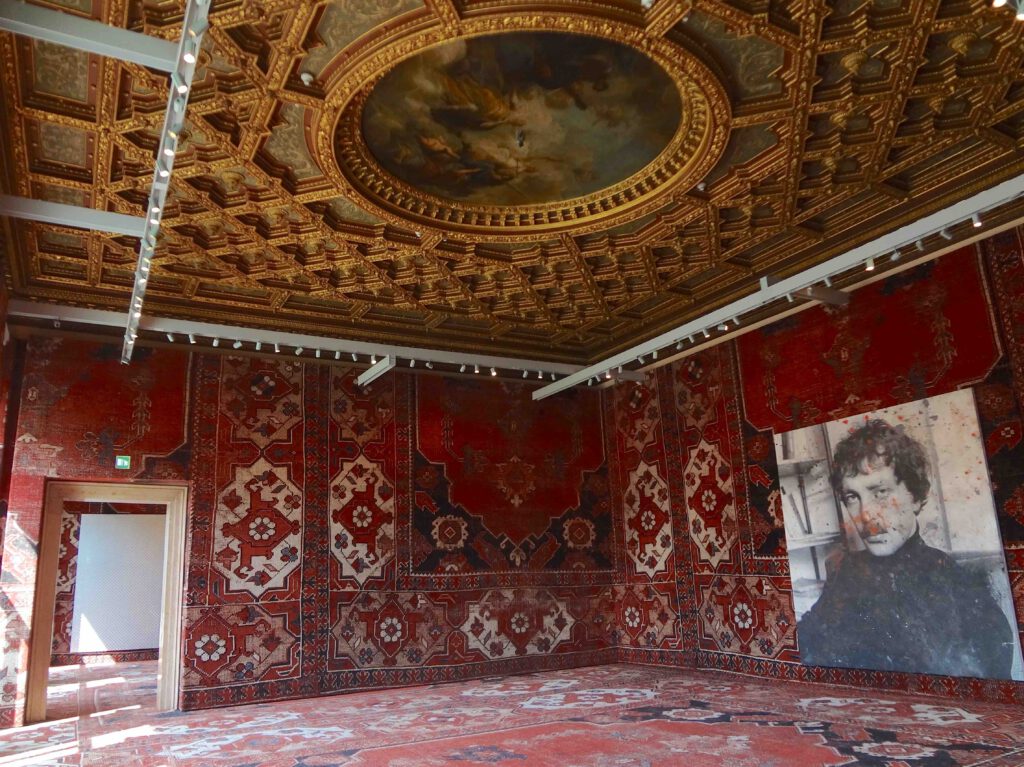
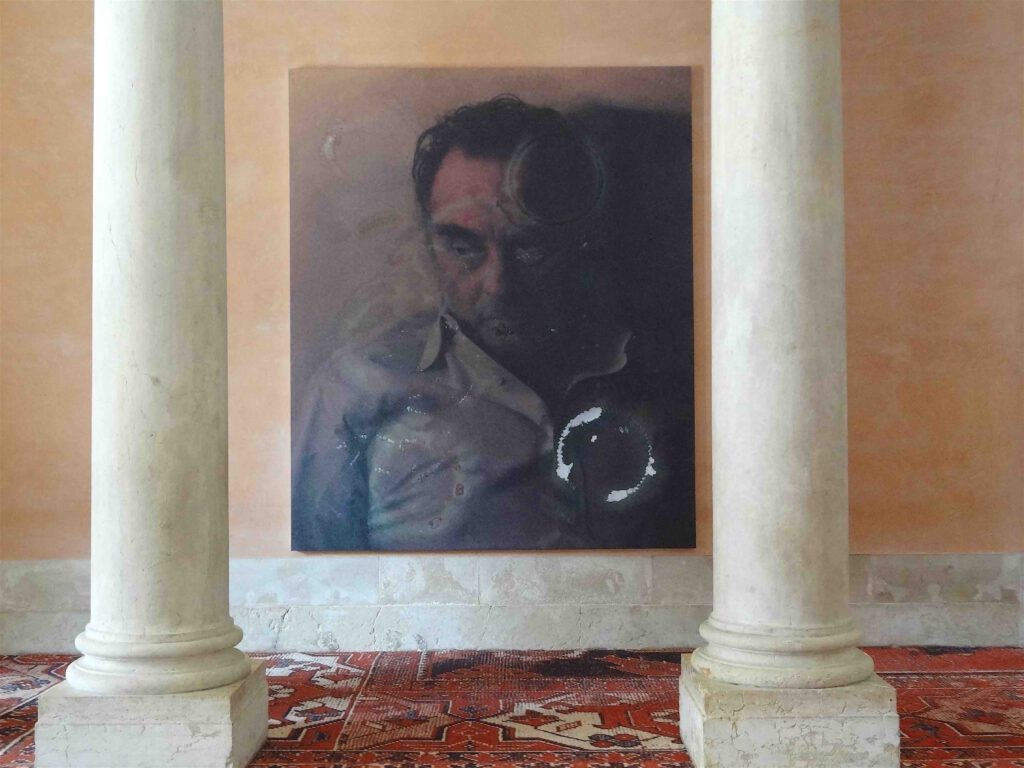
https://www.palazzograssi.it/en/exhibitions/past/rudolf-stingel/
ヴェネツィアのプンタ・デラ・ドガーナ
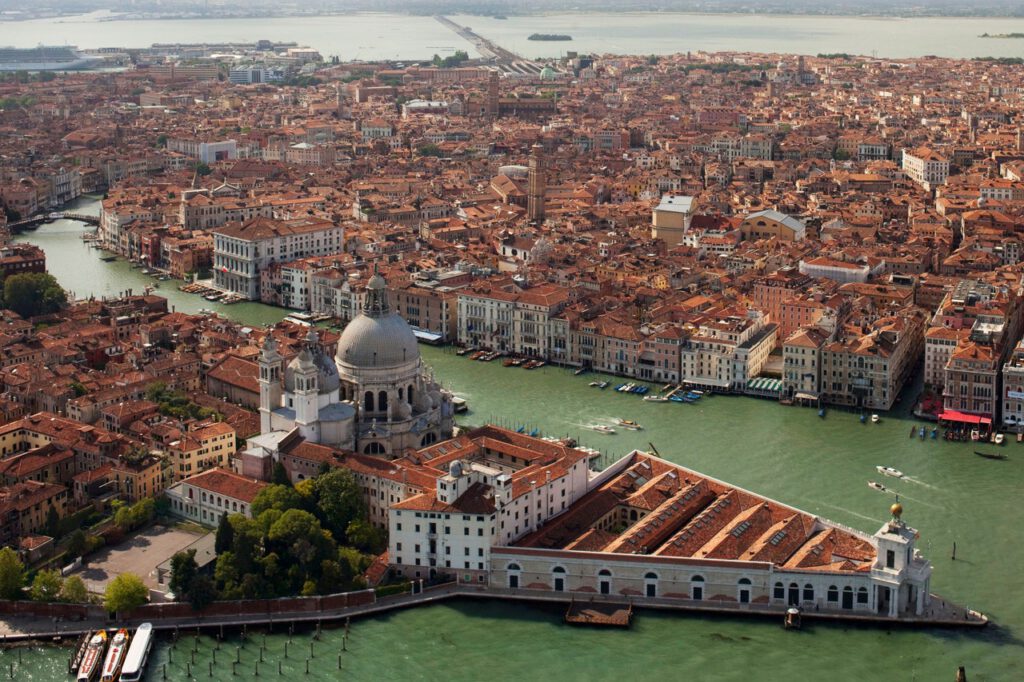
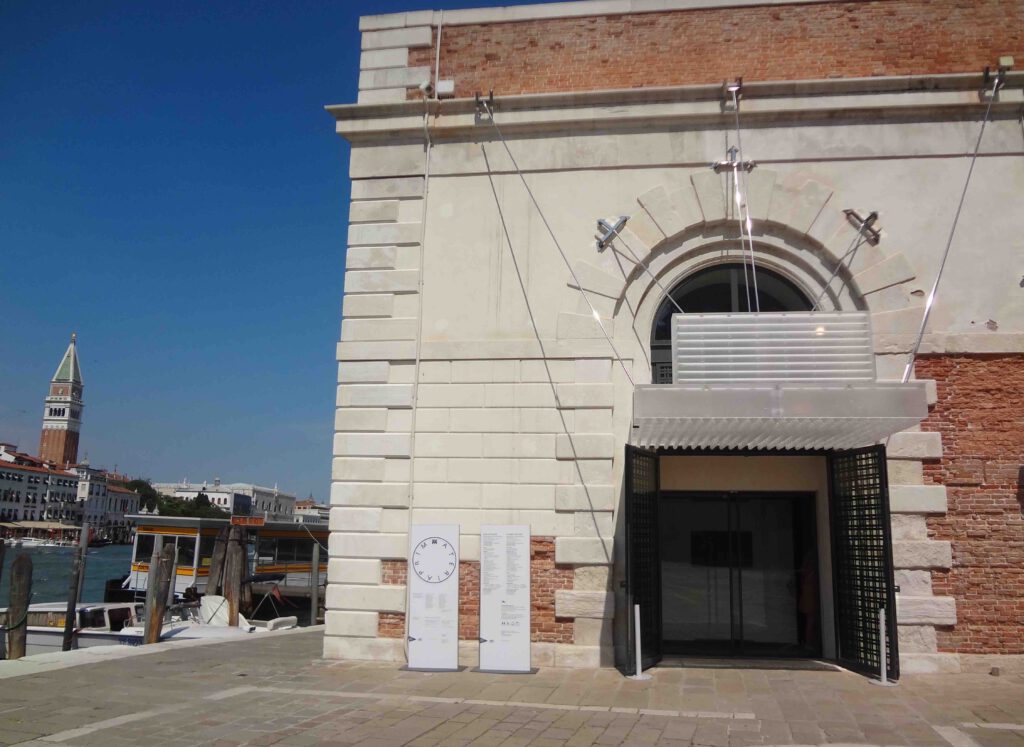
参照へ:
原口典之と関根伸夫のアート実践を考える
Thoughts on the artistic practice of HARAGUCHI Noriyuki and SEKINE Nobuo
https://art-culture.world/articles/haraguchi-noriyuki-sekine-nobuo-原口典之-関根伸夫/
https://www.palazzograssi.it/en/exhibitions/upcoming/bruce-nauman-contrapposto-studies/
今日のおまけ@プンタ・デラ・ドガーナ:

ここに載せた写真とスクリーンショットは、すべて「好意によりクリエーティブ・コモン・センス」の文脈で、日本美術史の記録の為に発表致します。Creative Commons Attribution Noncommercial-NoDerivative Works photos: cccs courtesy creative common sense
up-date 2021/6/17
“Tadao Ando’s equivalent of what a dog does to a lamppost”
Aaron Betsky 15 June 2021
quotes:
The redesign of Paris’ Bourse de Commerce in Paris by architect Tadao Ando is a “complete disaster” of sterile concrete that turns the building into a monument to French colonial violence, says Aaron Betsky.
A billionaire and an architect walked into a bar. “What will you have?” the bartender asked. “Something to forget the evil origins of capitalism,” the billionaire replied. “I need something to make me feel big and important,” said the architect.
“I have the perfect thing for you,” the bartender responded; “A concrete martini. It is round, dry, aseptic, and big enough to make you feel like you own the world.”
“Make mine a double,” the architect responded with enthusiasm.
That is how I imagine the origin story of the Pinault Collection’s new venue in the Bourse, Paris’ former stock exchange. It features a concrete ring whose functions, such as they are, appears to be to support two spindly staircases and some air outlets.
But its real nature seems to be architect Tadao Ando’s equivalent of what a dog does to a lamppost, it is an example of money trying to transform itself into art and architecture at a gigantic scale. As a display space for a pretty good collection of contemporary art, it more or less succeeds. As an example of contemporary architecture, it is a complete disaster.
…
quotes:
Unfortunately, Pinault also loves Tadao Ando, the former boxer whose work always photographs much better than it is. Ando, in turn, loves concrete and pure geometry. He does not seem to care where he puts his circles and squares. He works with clients, such as Pinault, who can help him assure that the concrete is as fine as marble. The two already strutted their stuff in Venice’s Palazzo Grassi and Punta della Dogana, but now they have plunked themselves down in the heart of Paris.
It should have been a job of restoration and that effort has been done with great care by Pierre Antoine Gatier (France’s Director of Historic Buildings) and a studio called NeM. The building and its decoration look as if they were finished a few days ago, and most new services have been tucked away with all the skill that good design and money can afford.
The only evidence of friction is the battalion of new lights hanging from the ceilings and the light that, despite scrims, rakes paintings with light. In the basement, the concrete continues as the walls of a small auditorium that is intimate and pleasant, while visitors have the chance to explore the original air conditioning equipment, which is as intricate and beautiful as any of the works of art on display above.
If Ando had shown his generosity by concentrating on how all that worked and by adding those touches that would form an apt counterpoint to the existing structure, it would have been enough. However, he felt it necessary to follow up the work he did for Pinault in Venice by inserting the concrete walls that are his trademark. Here, they mainly take the form of a circle he erected on the former trading floor.
Obscuring everything but the dome, the circle creates a central space that I am sure will be great for parties, and that currently house a few nicely ironic sculptures that turn out to be melting candles, created by Urs Fischer.
Their other function is to provide a secondary staircase to the upper levels, and an outlet for air. The latter causes a lip to protrude that manages that only to ruin one’s view of the architecture from the floor but does the same from the balconies above. There is no art hung on these massive walls.
What that space really needs is not some Ando-ness, but some context or relativizing of the frieze on the dome above it. Do we really have to look at Black people serving and doing obeisance to their conquerors one more time, especially if it is in what is not a particularly good painting? Do we really need to stand in a sanitised place of exploitation through money, ironised only by wry sculptures, but monumentalised by architecture?
The artists whom Pinault has collected can hope that their messages, which are critical, evocative, and in some cases powerful beyond any Gucci bauble the billionaire can sell us, will cut through the conditions in which they are shown –although the white walls, fancy lights, and aestheticizing an in-your-face artist such as David Hammons confronts here makes you wonder about that.
The architect could have done a much better job digging, excavating, exposing, and confronting the two centuries of material present here. Instead, Ando not only drank his concrete martini but created an affectless tomb for all those who suffered and died to make this display possible.
full text:
https://www.dezeen.com/2021/06/15/tadao-ando-bourse-de-commerce-opinion-aaron-betsky/
